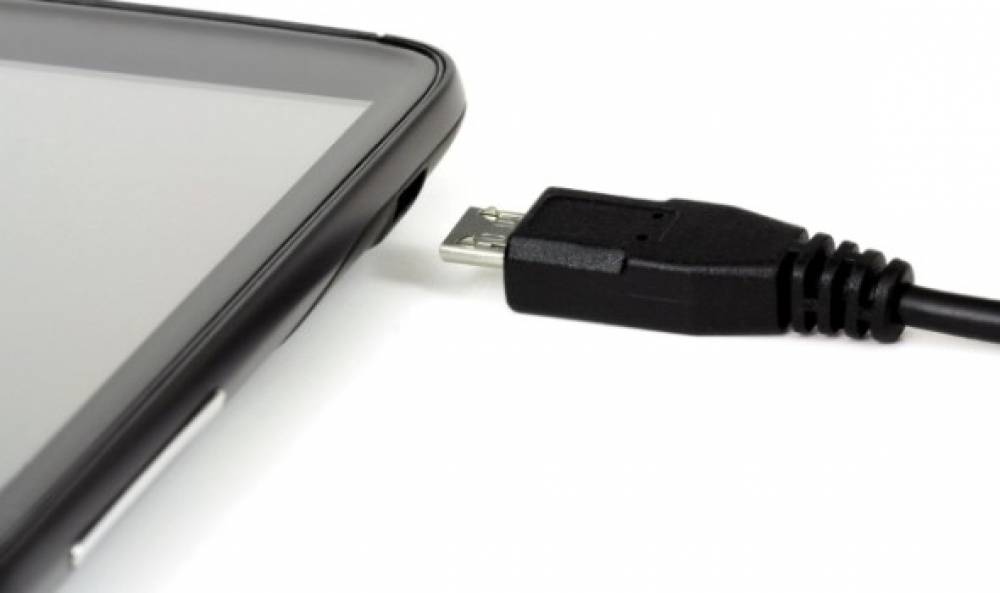
How To Connect An Android Tablet Via USB To A Computer
How To Connect An Android Tablet via USB To A Computer
The simplest and most direct method of connecting an Android tablet to a computer is via a wire — more precisely, the wire nestled at the core of a USB cable. After connecting the USB cable, you can do a variety of things, but everything begins with the connection.
Connecting The Tablet To A Computer
The USB cable included with your Android tablet can be used to connect the tablet to a computer physically. It's simple, owing to three-dimensional physics and two critical pieces of advice:
- The USB cable's one end is plugged into the computer.
- The other end of the cable connects to the Android tablet.
Both ends of the USB cable have distinct connector shapes and cannot be plugged in incorrectly. If one end of the cable does not fit, replace it with the other. If it still does not fit, try re-plugging it.
- After establishing a successful USB connection, a USB notification similar to the one shown in the margin appears. Do not panic if you do not see it; this notification is not displayed on every tablet.
- A powered USB port is required for the tablet-computer connection to work properly. If possible, connect the USB cable directly to the computer or a powered USB hub.
- Tablets equipped with a USB 3.0 port include a USB 3.0 cable. On such devices, you can continue to use the older-style USB 2.0 micro-USB cables: Simply plug the micro-USB connector into the right side of the tablet's USB 3.0 jack.
- To transfer data at top speeds over the USB 3.0 cable, connect the tablet's USB 3.0 cable to a computer's USB 3.0 port. These ports are denoted by a blue color.
- The standard USB cable for Android tablets is referred to as a USB-A male to micro–USB cable. This cable is available at most computer and office supply stores.
- When you connect an Android tablet to a Windows PC for the first time, a frenzy of activity ensues. Notifications about newly installed software appear. Do not be alarmed if you see a message indicating that software could not be located. That is acceptable. If you see the AutoPlay dialog box requesting that you install software, follow the prompts.
Configuring The USB Connection
When you connect your Android tablet to a computer, the USB connection is configured automatically. Everything should operate without a hitch. If it does not, you can manually configure the USB connection as follows: Select the USB notification by swiping down the notifications panel.
Two options are listed on the USB Computer Connection screen for configuring the USB connection:
- Media Device (MTP): When that option is selected, the computer treats the tablet as a portable media player, which it is, sort of. This is the most frequently used option.
- Camera (PTP): The computer is tricked into believing that the tablet is a digital camera in this configuration. Select this option only if the MTP option fails to establish a connection or if you wish to transfer images and video while using a computer-based media organization program.
- If the USB connection does not work, check to see if the tablet comes with a proprietary synchronization program, such as Samsung's Kies.
- Whichever USB connection method you choose, the tablet's battery charges whenever it's connected to a computer's USB port — provided the computer is turned on.
- If your Android tablet includes a MicroSD card, the card's storage is mounted to both the computer and the tablet's internal storage. You do not need to configure the storage device separately in order to connect via USB.
- The abbreviation PTP refers to the Picture Transfer Protocol. MTP is the abbreviation for Media Transfer Protocol.
Courses and Certification
Android Programming Course and Certificate
Basic Computer Skills Course and Certificate
Basics of Computer Science Course and Certificate

